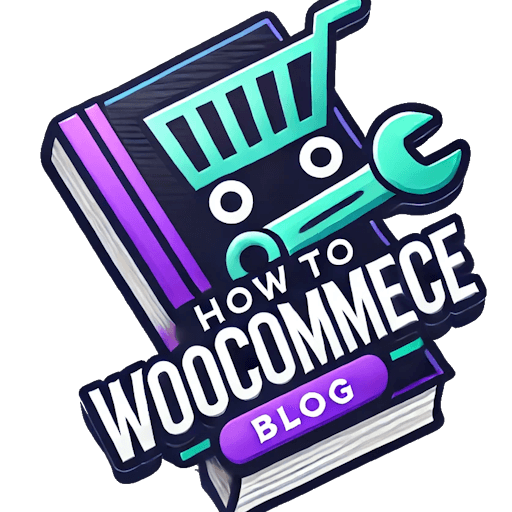How to Add Filters to Your WooCommerce Shop Page
Boosting your WooCommerce store’s usability and conversion rates starts with providing a seamless shopping experience. One crucial element often overlooked is the implementation of effective product filters on your shop page. This article will guide you through adding filters to your WooCommerce shop, empowering your customers to easily find what they’re looking for and improving your overall store performance. Adding filters is a key step in optimizing your WooCommerce store for better user experience and increased sales.
Getting Started: Choosing the Right Method
There are several ways to add filters to your WooCommerce shop page, each with its own advantages and disadvantages. The best method depends on your technical skills and budget.
- Using a WooCommerce Filter Plugin: This is generally the easiest and most recommended approach, especially for beginners. Many free and premium plugins offer extensive filtering options.
- Custom Code: This method offers complete control and customization but requires advanced coding skills in PHP and potentially CSS and JavaScript. It’s only recommended for experienced developers.
Adding Filters with a WooCommerce Plugin (Recommended)
This section focuses on using a plugin, as it’s the most user-friendly method. Many excellent plugins are available, such as WooCommerce Products Filter, YITH WooCommerce Ajax Product Filter, and FacetWP. The specific steps may vary slightly depending on the plugin you choose, but the general process is similar.
1. Installing and Activating the Plugin
Download and install your chosen plugin through your WordPress dashboard. Navigate to Plugins > Add New, search for the plugin, and click Install Now followed by Activate.
2. Configuring the Plugin Settings
Once activated, access the plugin’s settings page (usually found under WooCommerce or a dedicated plugin menu item). Here you’ll configure the filter attributes. This typically involves:
- Selecting Attributes: Choose which product attributes (e.g., color, size, brand) you want to filter by. Ensure these attributes are already set up correctly in your WooCommerce product variations.
3. Displaying the Filters
After configuring the settings, the plugin will automatically add the filters to your shop page. Test the filters to ensure they work correctly and provide a smooth browsing experience for your customers. You may need to save the changes in your plugin settings before they show up on your shop page.
Conclusion: Enhance Your WooCommerce Shop with Filters
Adding filters to your WooCommerce shop page is a significant step towards improving the user experience and driving sales. By using a plugin or custom code, you can empower your customers to easily find the products they need, leading to increased conversions and customer satisfaction. Remember to choose a method that aligns with your technical capabilities and budget. Investing in effective filtering will significantly benefit your online store.

